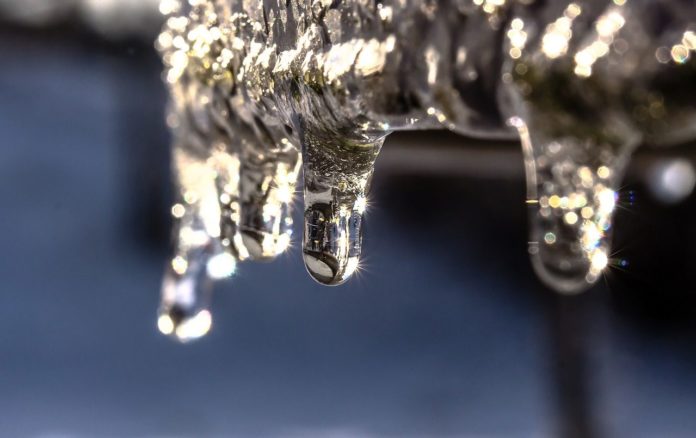
When we get cold snaps in Calgary, our heating systems often fail, and our pipes freeze. Also, due to Chinook Winds, Calgary experiences wild temperature swings from above 10°C to -30°C within hours. This can add stress on heating systems and cause thermal shock in unprotected pipes. The real surprise is many of the issues are not noticed until the opposite swing happens and we come out of the deep freeze and back to positive temperatures. Here are some tips to help reduce the risks:
- Always winterize outside hose taps.
- If you have a known cold spot that freezes each year, add heat to that area during a cold snap, or let your faucet run very slowly as moving water is less likely to freeze. If access allows, add heat tape to those lines to avoid freezing but proper insulation is always the best option.
- An unusual pressure drop can be a sign of a burst pipe.
- Do a meter test, if the meter is spinning and nothing is being used you have a leak (remember humidifiers will pull water if heat is on in most cases, make sure nothing is being used when doing this test).
- Most importantly and make this a habit: Do your own mini home inspection. Look for minor issues before they become major issues. Listen for trickling water, check under sinks, and especially near hose taps (this is the most common freezing area).
Also, during a cold spell, if one or two faucets no longer work, you most likely have just assessed frozen lines. The BIG mistake is to want to thaw it super-fast to get rid of the problem. Please remember, slow and low heat over time has a better chance to save your pipe from cracking. When the frozen pipe thaws, it may be cracked. Be prepared—know where your main shut off valve is!









